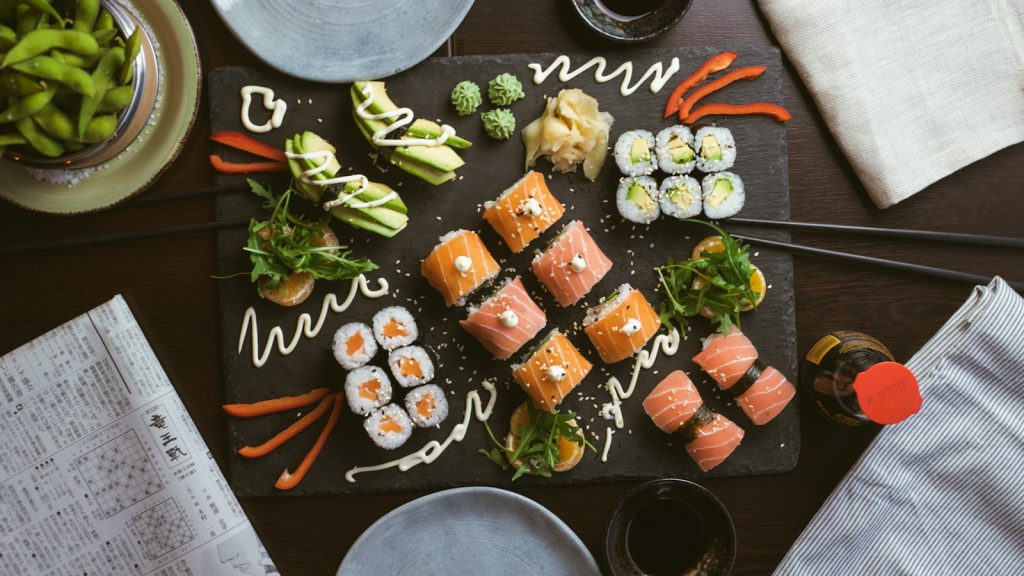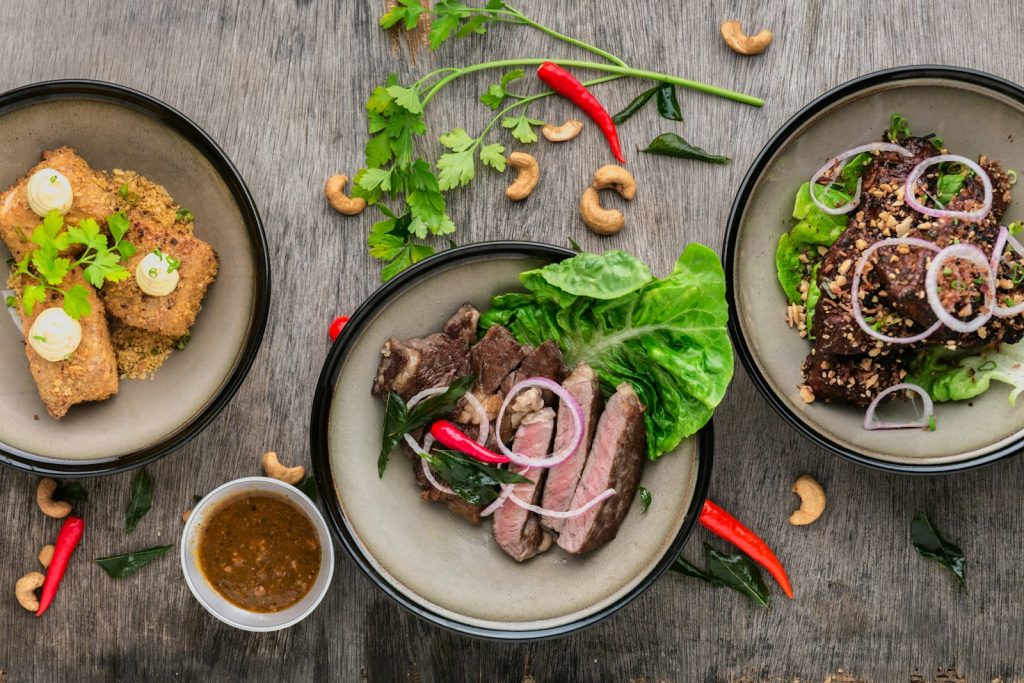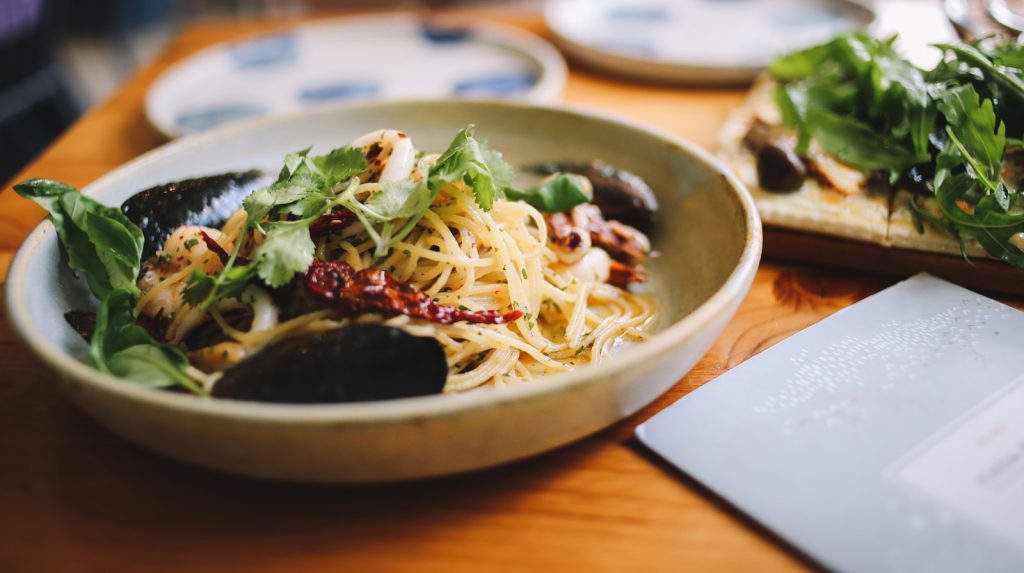A Gastronomic Journey: Food is more than mere sustenance; it is a universal language that connects people across cultures and continents. Culinary exploration offers a window into the heart and soul of a destination, allowing travelers to savor the flavors, aromas, and textures that define a culture’s identity. From street food stalls to Michelin-starred restaurants, the world is a treasure trove of gastronomic delights waiting to be discovered.
1. The Cultural Tapestry of Cuisine:

Cuisine is an integral part of a culture’s heritage, shaped by history, geography, and tradition. Each dish tells a story, reflecting the unique blend of ingredients, techniques, and influences that characterize a region. Whether it’s the fiery spices of Thai cuisine, the delicate sushi of Japan, or the hearty stews of Morocco, every bite offers a glimpse into the rich tapestry of human experience.
2. The Globalization of Gastronomy:
In an increasingly interconnected world, culinary boundaries are blurring, giving rise to a global gastronomic landscape. The proliferation of travel, trade, and technology has facilitated the exchange of culinary ideas and ingredients, leading to a fusion of flavors and techniques. Today, it is not uncommon to find Italian pasta in Tokyo, Indian curry in London, or Mexican tacos in New York City. This globalization of gastronomy has enriched culinary experiences, allowing diners to explore a world of flavors without leaving their hometown.
3. Culinary Tourism: A Feast for the Senses:

Culinary tourism has emerged as a burgeoning niche within the travel industry, with food-loving travelers seeking out immersive gastronomic experiences around the world. From food tours and cooking classes to farm-to-table dinners and wine tastings, there are countless ways to indulge in the pleasures of the palate while exploring new destinations. Culinary tourism not only satisfies the appetite but also engages the senses, immersing travelers in the sights, sounds, and smells of local markets, street food stalls, and bustling kitchens.
4. Iconic Culinary Destinations:
Certain destinations have earned legendary status for their culinary offerings, drawing food enthusiasts from far and wide. Italy, for example, is celebrated for its pasta, pizza, and gelato, while France is renowned for its cheese, wine, and pastries. Japan’s sushi, ramen, and tempura are revered around the world, and Thailand’s vibrant street food scene is a feast for the senses. Beyond these culinary powerhouses, there are countless hidden gems waiting to be discovered, from the seafood markets of Peru to the spice markets of India.
5. Sustainable Gastronomy:
As concerns about sustainability and environmental impact grow, there is a growing emphasis on sustainable gastronomy. Farm-to-table dining, organic farming practices, and zero-waste initiatives are becoming increasingly prevalent, allowing travelers to indulge in guilt-free gastronomic experiences. Moreover, there is a growing awareness of the social and cultural dimensions of food, with initiatives aimed at preserving traditional culinary practices, supporting local farmers and artisans, and celebrating culinary diversity.
6. Culinary Innovation and Creativity:

While tradition plays a central role in gastronomy, culinary innovation and creativity are also driving forces shaping the future of food. Chefs around the world are pushing the boundaries of taste and technique, experimenting with unconventional ingredients, fusion cuisines, and avant-garde cooking methods. From molecular gastronomy to plant-based cuisine, the culinary landscape is constantly evolving, offering diners new and exciting experiences that challenge their perceptions and tantalize their taste buds.
A Gastronomic Journey
In Conclusion, In conclusion, exploring culinary delights around the world is not just about satisfying hunger; it is a journey of discovery, connection, and celebration. From the humble street food vendors of Southeast Asia to the haute cuisine restaurants of Europe, every meal offers an opportunity to experience the richness and diversity of human culture. As we embark on this gastronomic journey, let us savor each bite, cherish each moment, and revel in the endless possibilities that await us on the plate. Bon appétit!


